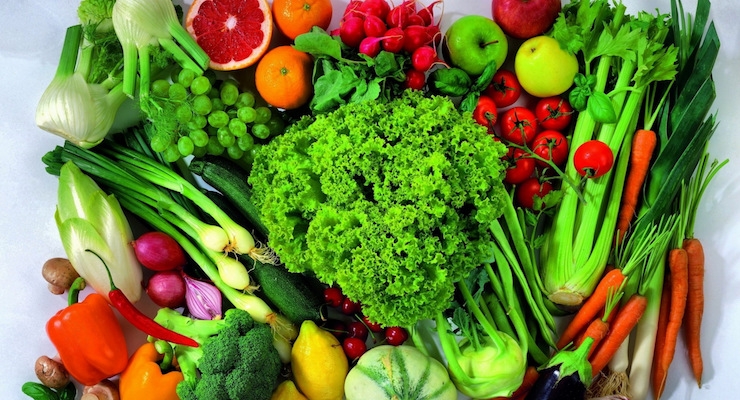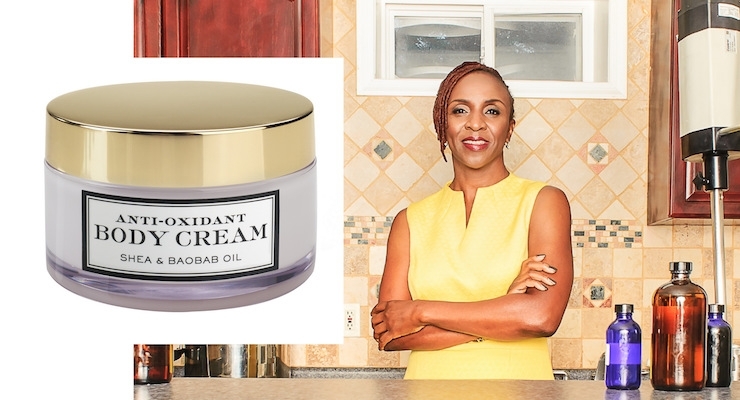Funlayo Alabi, Co-Founder, Shea Radiance09.20.18
Prior to the advent of refrigeration and other modern conveniences, people shopped daily for meats and vegetables to be used in their daily meals. People ate healthier and simpler foods, however most of the day was spent gathering ingredients and preparing meals for the family.
Post-World War II advancements in science and technology had a tremendous impact on consumer behaviors around goods. Inventions and innovations that had been created to support the war effort needed to find new uses in times of peace.
In the 1950’s we entered into a new era of technological innovation that impacted every aspect of life. Innovations in petroleum derivatives gave us plastics, petrolatum and polyester and their multiple uses. These early advances in technology allowed us to enjoy inexpensive, yet perfect looking products with none of the characteristic flaws of nature, a feature that greatly appealed to a now prospering population. Perfection, convenience, new and shiny mass-produced appliances and clothing became the standard.
Scientific and technological advancements brought us petrolatum or petroleum jelly, a white colorless or pale-yellow semi solid. Petroleum jelly had a huge impact on the cosmetic industry because of the diverse ways in which it could be used, but more importantly, because it was incredibly inexpensive.
Petroleum derivatives became a staple in product development from color cosmetics, baby products, Over the Counter (OTC) preparations, sun tan lotions, hair and body products. It was marketed as a clean and safe product excellent for protection of injured or exposed skin and for the treatment of very dry skin.
Today, a growing number of consumers are less enamored by synthetically engineered ingredients and are moving towards more nature-based sources for food and skin care.
Though petroleum jelly continues to be a major ingredient in most mass market personal care products, customers are looking to more natural alternatives that provide the same or better benefits. Just as consumers are taking a second look at the ingredient list on packaged foods for saturated fats and high fructose, they are scouring the ingredient labels on their personal care products for synthetic oils, parabens and phthalates.
The shift from synthetically derived ingredients and innovations to more natural and sustainable ingredients continues to grow in both the food and personal care sectors. According to the research firm Mintel: Americans are becoming increasingly skeptical of the health claims of frozen meals with 40% of US adults thinking frozen dinners offer no nutritional value. Today people are reading labels and noting the amount of sugars and sodium contained in many of the prepared foods they are purchasing.
Consumers now want to go back to buying fresh foods and cooking from scratch. Consumers are seeking convenience and access to fresh foods and this trend can be seen in the growth of meal kit delivery services like Blue Apron, Plated, Hello Fresh and Hungry Harvest, among others.
More personal care brands are leveraging learnings in the food space for inspiration that can be incorporated into personal care solutions. Armed with the knowledge that the skin is the largest organ and what goes on the skin is absorbed into the body, consumers are literally hungry to nourish their skin naturally.
We are truly seeing a shift in demand to more natural oils and extracts. Other signals of the complementary relationship between personal care and food can be seen in the trend of focusing on local and sustainable sourcing of ingredients.
Claims of GMO Free, Fair Trade and Organic certification are no longer limited to coffee, chocolate, coconut oil and other foods but are extended to personal care ingredients. According to Mintel, with evolving consumer demands and climatic changes around the world, the beauty and personal care industry’s approach to natural and sustainable ingredients must continue to adapt.






























